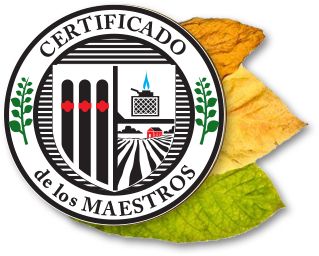
If I didn't see mold I would just smoke them. Some cigars smell different then others. You distinctly remember them not smelling like that when you bought them? I would guess it's the aging process.
"smoking is one of the greatest and cheapest enjoyments in life,
and if you decide in advance not to smoke, I can only feel sorry for you."-Sigmund Freud
"The problem with the world is that we draw the circle of our family too small" - Mother Teresa
“The basic difference between an ordinary man and a warrior is that a warrior takes everything as a challenge while an ordinary man takes everything either as a blessing or a curse” – Carlos Casteneda




 Reply With Quote
Reply With Quote



Bookmarks